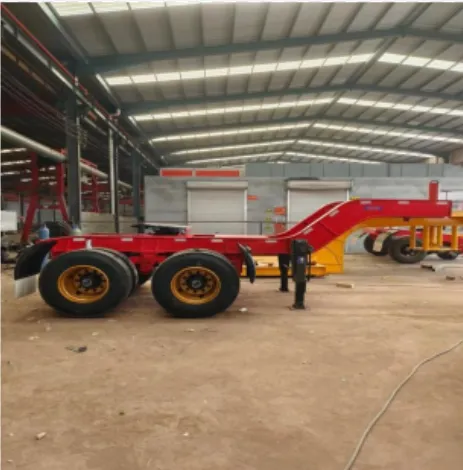Exploring the Fundamentals of Gearbox Transmission Systems and Their Applications in Modern Vehicles
Understanding Gearbox Transmissions The Heart of Modern Vehicles
Gearbox transmissions are one of the most critical components of modern automotive engineering, playing a pivotal role in the performance and efficiency of vehicles. The gearbox is responsible for transmitting the engine's power to the wheels, enabling a vehicle to move and adapt to various driving conditions. This article delves into the essentials of gearbox transmissions, exploring their types, functions, and significance in today's vehicles.
At its core, a gearbox is a mechanical device that adjusts the speed and torque produced by an engine. It consists of a series of gears that can be shifted to modify the output to the wheels. Generally, gearboxes are categorized into two main types manual and automatic. Each of these categories has unique features, advantages, and operational principles.
Manual gearboxes, also known as standard transmissions, require the driver to engage and disengage the gears using a clutch pedal and gear stick. This type of transmission offers a high degree of control and engagement for the driver, making it a popular choice among enthusiasts. Drivers can select the appropriate gear based on their driving conditions, allowing for tailored performance. Furthermore, manual transmissions are typically lighter and more efficient than their automatic counterparts, leading to improved fuel economy.
On the other hand, automatic gearboxes optimize gear shifting without driver intervention, making them more user-friendly, especially in stop-and-go traffic scenarios. In automatic transmissions, a hydraulic system controls the gear shifts, allowing for smooth transitions between different gears based on the vehicle's speed and engine load. The advent of Continuously Variable Transmissions (CVT) and Dual-Clutch Transmissions (DCT) has further enhanced the functionality of automatic gearboxes. CVTs offer an infinite range of gear ratios, thereby improving fuel efficiency and providing a seamless driving experience. Meanwhile, DCTs deliver quick and precise gear changes, improving acceleration and overall performance.
gearbox transmission

The significance of gearbox transmissions extends beyond driving convenience; they play a crucial role in the vehicle's performance, efficiency, and longevity. A well-designed gearbox can enhance fuel efficiency by allowing the engine to operate within its optimal RPM range. For instance, during highway driving, a high gear setting reduces engine revs, leading to lower fuel consumption. Conversely, lower gears provide the necessary torque for acceleration and climbing steep terrains.
In addition to performance, gearboxes are engineered for durability and reliability. High-quality materials and advanced manufacturing techniques ensure that gearboxes can withstand the stresses of daily driving, reducing the likelihood of mechanical failures. Regular maintenance, such as fluid changes and inspections, can further extend the lifespan of these essential components.
The evolution of automotive technology has also led to innovations in gearbox design. Manufacturers are increasingly integrating electronic controls and smart technologies to enhance performance and efficiency. Features such as adaptive transmission logic, which adjusts gear shifting patterns based on driving style, contribute to a more personalized driving experience.
In conclusion, gearbox transmissions are a vital aspect of automotive engineering, directly influencing a vehicle's performance, fuel efficiency, and overall driving experience. With advancements in technology, the future of gearbox design promises to bring even greater efficiency and sophistication. Whether one prefers the engagement of a manual gearbox or the convenience of an automatic transmission, understanding how these systems work is crucial for any car enthusiast or everyday driver. As we continue to push the boundaries of automotive innovation, gearbox transmissions will undoubtedly remain at the forefront of this exciting evolution.
-
Grain Fertilizer Seeder-Chenyang Group|Precision&EfficiencyNewsJul.30,2025
-
2BFY Traction Series Seeder-Chenyang Group|Integrated Seeding,FertilizingNewsJul.30,2025
-
2BFY Traction Series Grain Fertilizer Seeder - Chenyang Group | Precision Farming, Seeding & FertilizingNewsJul.30,2025
-
2BFY Traction Series Grain Fertilizer Seeder-Chenyang Group|Seeding & Fertilizing EfficiencyNewsJul.29,2025
-
2BFY Traction Series Grain Fertilizer Seeder-Chenyang Group|Integrated Seeding&Fertilizing, High EfficiencyNewsJul.29,2025
-
2BFY Traction Series Grain Fertilizer Seeder - Chenyang Group|Integrated Seeding&FertilizingNewsJul.29,2025
Popular products

























